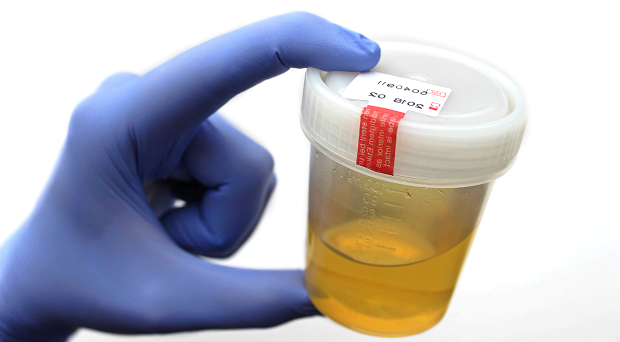– with dexamethasone suppression test
Species: Canine and feline
Specimen: Urine
Container: Pottle
Collection protocol:
- Day 1. Collect a first morning urine sample. Mix the urine and add some to Sample tube 1. Place in fridge until dispatch.
- Day 2. Collect a first morning sample. Mix the urine and add some to Sample tube 2. Place in fridge until dispatch.
- Immediately after urine collection, note the time and give the required number of Dexamethasone tablets. Dose for dogs and cats is 0.1 mg/kg/dose
- 8 hours later give the 2nd set of Dexamethasone tablets
- 16 hours later give the 3rd set of Dexamethasone tablets.
- Day 3. Collect a third morning urine sample. Mix the urine and add some to Sample tube 3. Place in the fridge until dispatch.
- Send all 3 samples to the laboratory for UCCR.
General information about when this test is indicated: This test is thought by some to be a useful screening test for hyperadrenocorticism when the disease is strongly suspected and the animal is easily stressed or difficult to bleed. It can be used in dogs and cats and the owner does all the sampling at home. It is not as simple in cats as it is in dogs as obtaining a morning sample three mornings in a row can be problematic. Without the third sample after the dexamethasone it is just a urinary cortisol:creatinine ratio.
Interpretation: By doing the test at home and providing a stress free environment and with no other concurrent illness, the finding of a ratio >15 x 106 on 2 consecutive morning samples supports a diagnosis of hyperadrenocorticism in dogs and a level >30 x 106 is supportive in cats . The higher the level the greater the suspicion.
If the UCCR on the third sample is decreased by 50% of the mean of the first two samples then pituitary dependent disease is likely. If the suppression is <50% an adrenal tumour may be present.
Normal dogs will have a UCCR <10 x 106 and in cats the level is typically <30 x 106.
In a study of 160 dogs with hyperadrenocorticism (49 with adrenal tumours and 111 with pituitary dependent disease) 72% of dogs with pituitary dependent disease suppressed to <50% of basal UR using this protocol. The other 28% were dexamethasone resistant.
No data is available about its usefulness in cats but potentially there will be false positives from the stress created from getting the samples. If the ratio is low then Cushing’s is unlikely
See also “Diagnosis and monitoring of hyperadrenocorticism – general guidelines”
General information about when this test is indicated: Screening for hyperadrenocorticism
Comparison with other related tests: See “Diagnosis and monitoring of hyperadrenocorticism – general guidelines”

